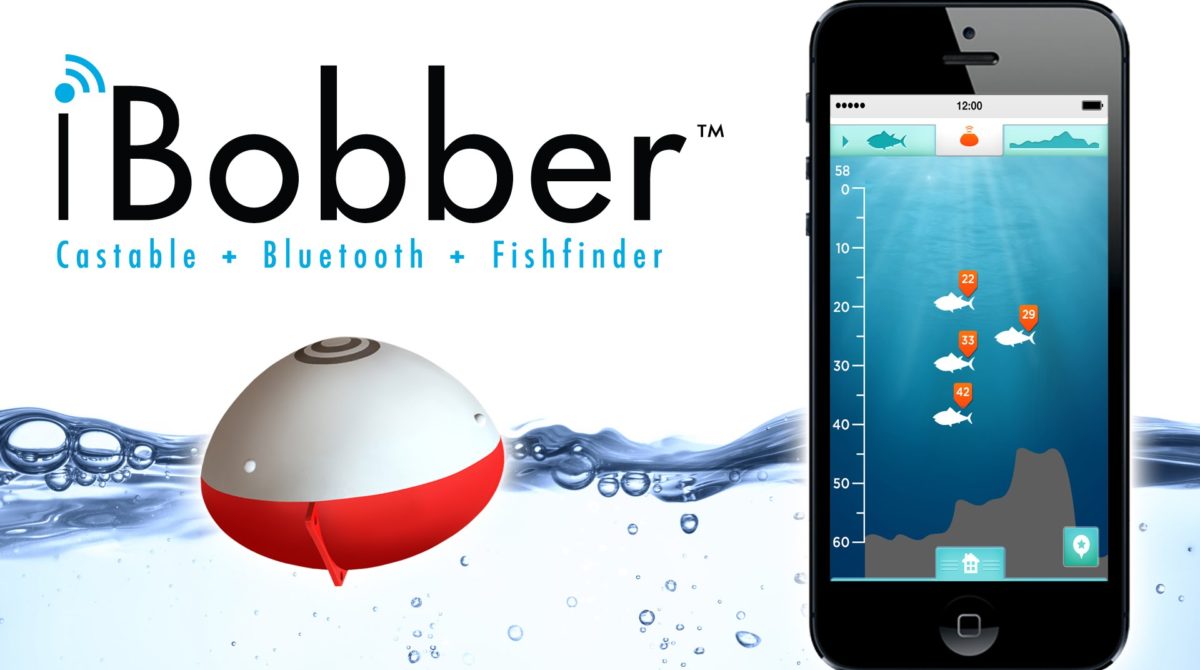[embedyt] https://www.youtube.com/watch?v=nhwvQARB7ks[/embedyt]
Wireless fish finders are probably the most essential accessories which has to be present with every fisherman. Never are unsuccessful to remember that your fish finder must be efficient for everyone the needs you have. This product will help you to get informed about the mysterious sea bed. They can introduce the deep-seated mysteries which can be present in the depth of ocean.
Transducers are the primary element of a fish finder, and their function is always to send a sonar signal that helps indicate what lies underneath the water’s surface. Typically, the devices with good frequency sonar provide you with the most precise resolution and identification with the fishing area. The cone angle of the transducer circumscribes the region covered by the device. In shallow and medium waters, wide cone angles will suffice, whereas in deeper areas, narrow angles tend to be more useful. A sonar unit’s depth coverage will be suffering from the effectiveness of its transmitter, its receiver, sensitivity and frequency, and also the transducer and the way it can be installed. Additional factors that impact a depth finder’s range add the kind and condition with the water, and also conditions on the bottom in the body of water.
One of the most reliable features that are recommended in a very fish finder will be the kind of sonar utilized for detection. There are two types: Passive and active. Passive sonar is when a sensor detects sounds made in a very body of water. Active sonar is what is most often used for detecting floating components of water.
2. High Definition. These Lowrance models have hi-def utilizing hi-tech broadband sounders. You will also get phenomenal separation of fish targets from structure, baitfish, thermoclines (variations in water layer temperature), clutter and bottom. This will help tremendously in finding what you really want; big fish! Peerless bottom tracking lets you get closer with 8x power zoom range. A bonus feature from the High Def is that you may choose your color palette of your display.
Line diameter and density will also be factors in lure depth control. Thinner lines are less buoyant and often reach a larger depth for the given line length and lure design. Thin lines penetrate the river easily, so light test lines are generally good choices for deep water trolling. However, the thin lines have it’s disadvantages to be easily broken once your lure hangs with a snag instead of a bass. You may want to consider carrying a plug retriever inside your fishing gear.
